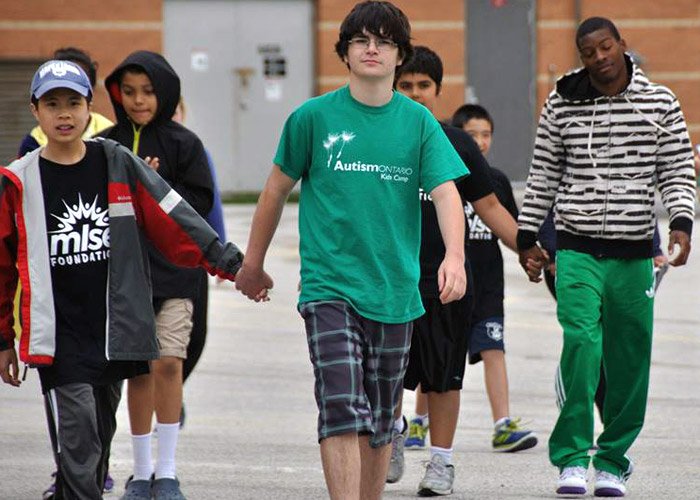We needed to all come together and look
at the big picture

A group of parents and service providers took on the task of creating an inventory and describing the existing programs already available for people living in York Region with ASD.
This would seem like a straightforward task, but it wasn’t! The group soon learned that it was going to take much longer than they first thought.
To get started, the group had to come to an agreement on categories of programs and services. Because ASD is a spectrum disorder, the symptoms and characteristics of autism can present themselves in a wide variety of combinations, from mild to severe.
Although autism is defined by a certain set of behaviours, children, youth and adults can exhibit any combination of the behaviours in any degree of severity. Two children, both with the same diagnosis, can act very differently from one another and have varying skills. As a result there is no standard “type” or “typical” person with autism and, accordingly, no single treatment or intervention for all people with ASD in York Region would work.
Fortunately there had already been a considerable amount of collaborative work done at the local level to build a shared understanding of how the system of support for children, youth, and adults with special needs would ideally operate.
The group adopted a model of service delivery that became known as “the funnel.” This model was based on earlier efforts led by the York Region Advisory Forum on Children, Youth and Families and the newly formed Children’s Treatment Network.
The funnel conceptualized how all children are served by universal programs and how they move through a series of increasingly narrow sets of criteria to become eligible and to receive specialized services.
View larger image of "the funnel"
Parents and service providers then began to construct a visual inventory of all the services and programs that existed in York Region to support children, youth and adults with ASD and their families. They borrowed from frameworks that reflected age-specific and mild to severe supports that had been developed by the Ministry of Children and Youth Services and by a neighbouring collaboration in Simcoe County.